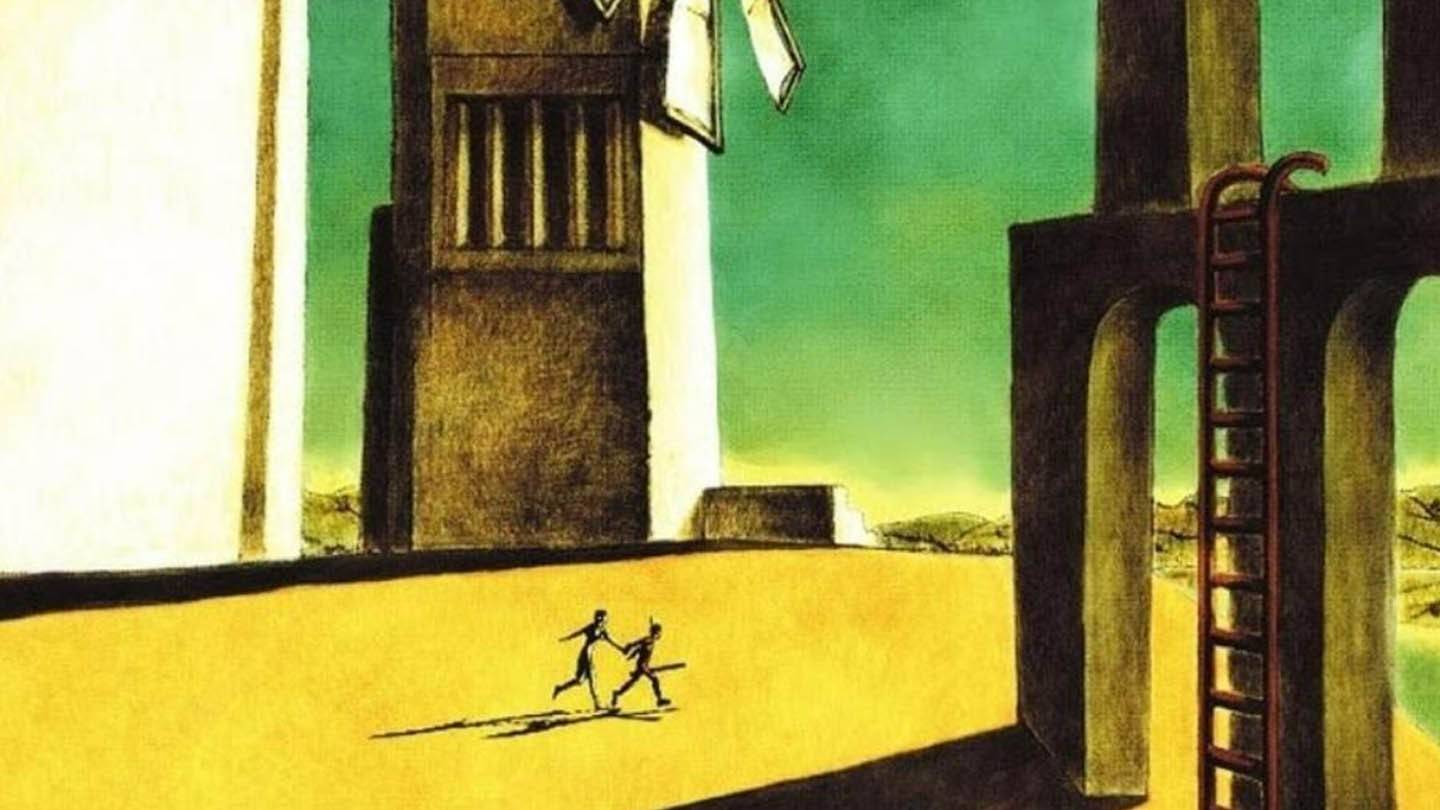
Yoko Taro, the visionary behind acclaimed titles like NieR: Automata and Drakengard, has openly acknowledged the profound impact of the game ICO on the video game industry as an artistic medium. Released in 2001 for the PlayStation 2, ICO gained a cult following due to its minimalist approach and its storytelling, which relied heavily on visuals rather than dialogue.
Taro pointed out the revolutionary nature of ICO's main gameplay mechanic, where players guide the character Yorda by holding her hand. He stated, "If ICO had tasked you with carrying a suitcase the size of a girl instead, it would have been an incredibly frustrating experience." This highlights how the game's requirement for players to lead another character was a bold departure from the gameplay norms of the era, challenging the traditional understanding of interactivity in video games.
At the time, game design often focused on maintaining player engagement even when game elements were simplified to mere cubes. ICO, however, chose a different path by emphasizing emotional connection and narrative depth over mechanical complexity. Taro praised ICO for demonstrating that art and story could be more than just embellishments to gameplay; they could be essential to the player's experience.
Labeling ICO as "epoch-making," Taro credits it with altering the course of game development. He lauded the game for showing that video games could communicate deep and meaningful messages through subtle interactions and atmospheric elements.
Beyond ICO, Taro also recognized the influence of other groundbreaking games such as Undertale by Toby Fox and LIMBO by Playdead. He believes these games have expanded the horizons of what can be achieved through interactive media, proving that video games are capable of delivering profound emotional and intellectual experiences.
For enthusiasts of Yoko Taro's creations, his appreciation for these games provides a glimpse into the sources of inspiration for his own work. It also emphasizes the continuous evolution of video games as a robust and versatile form of art.


 LATEST ARTICLES
LATEST ARTICLES 
